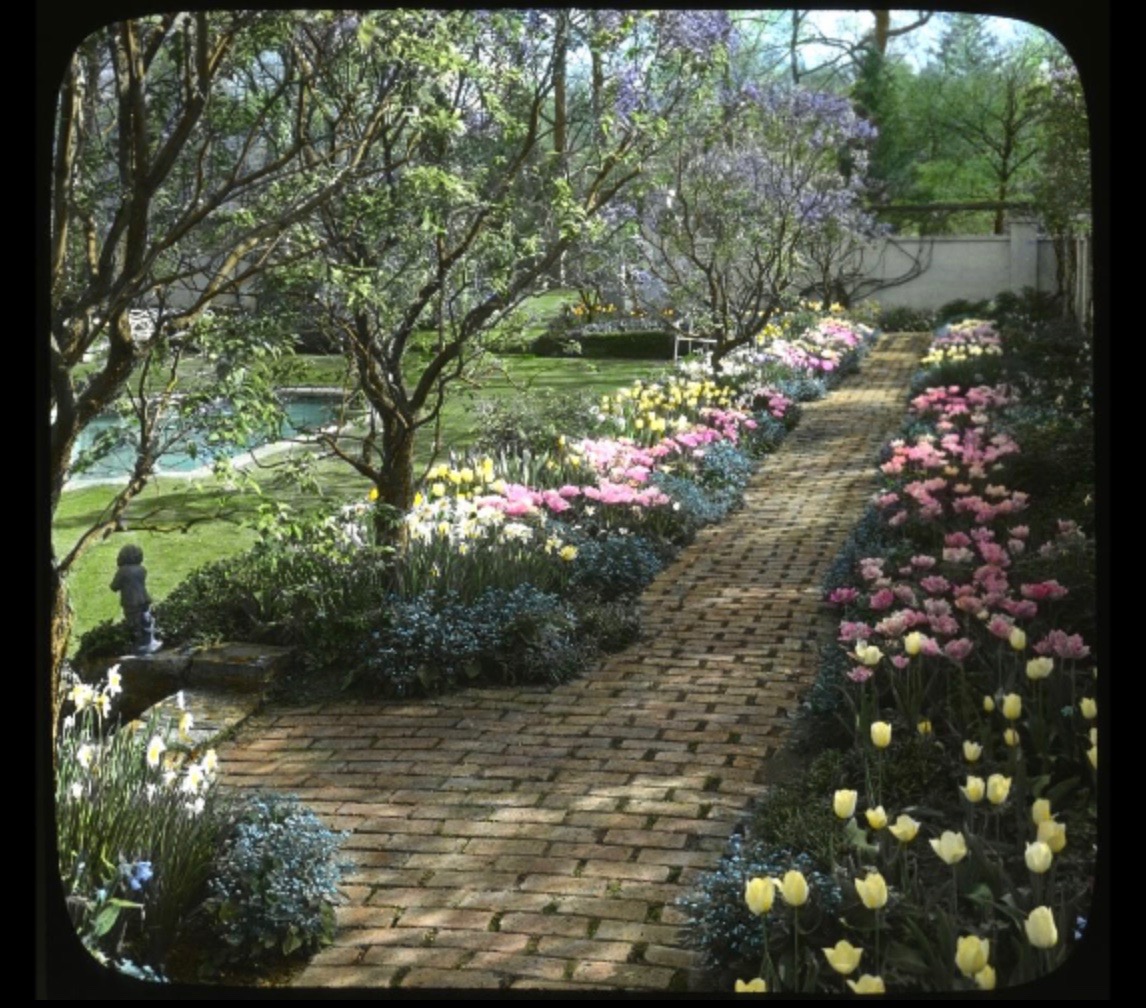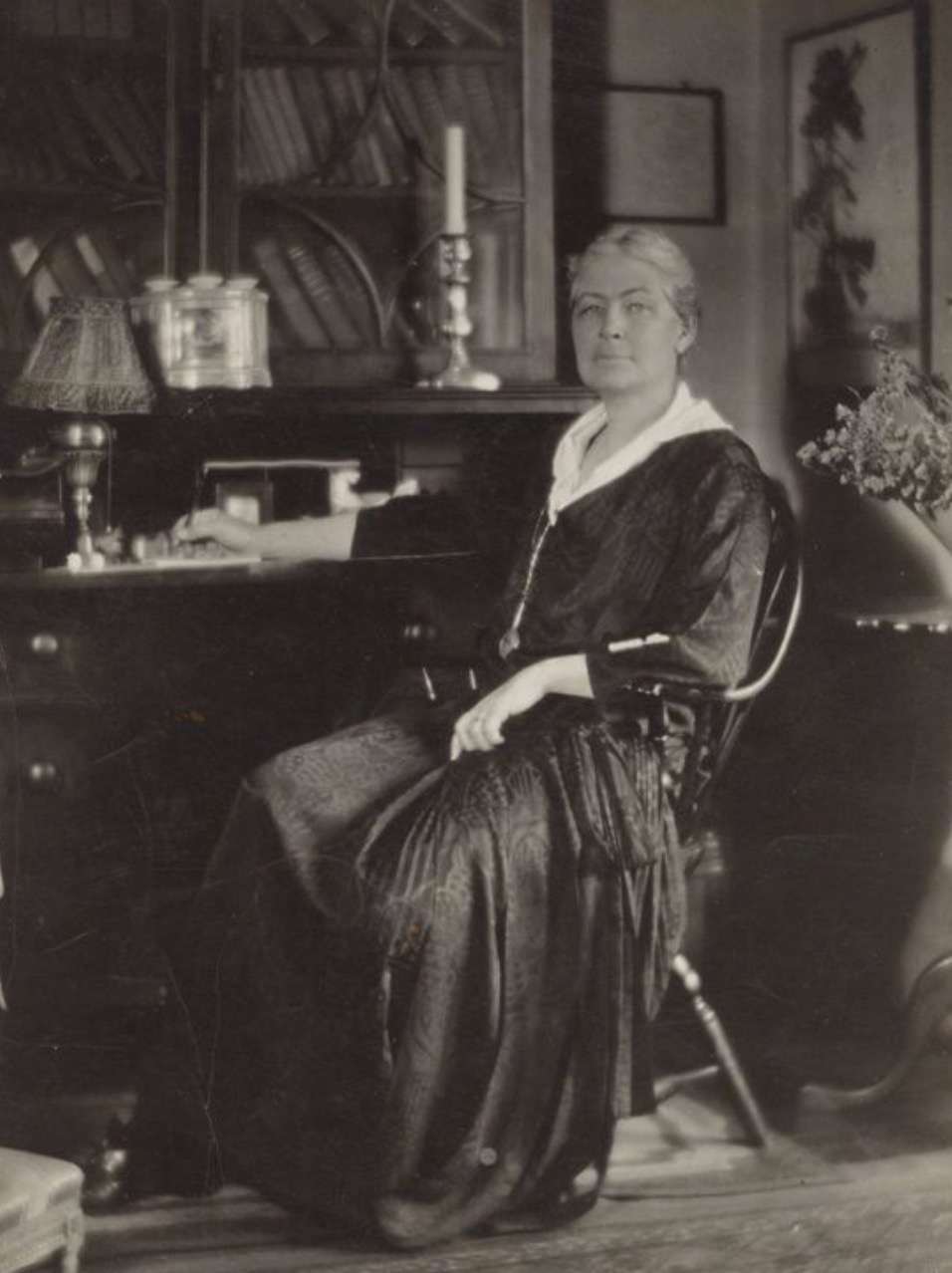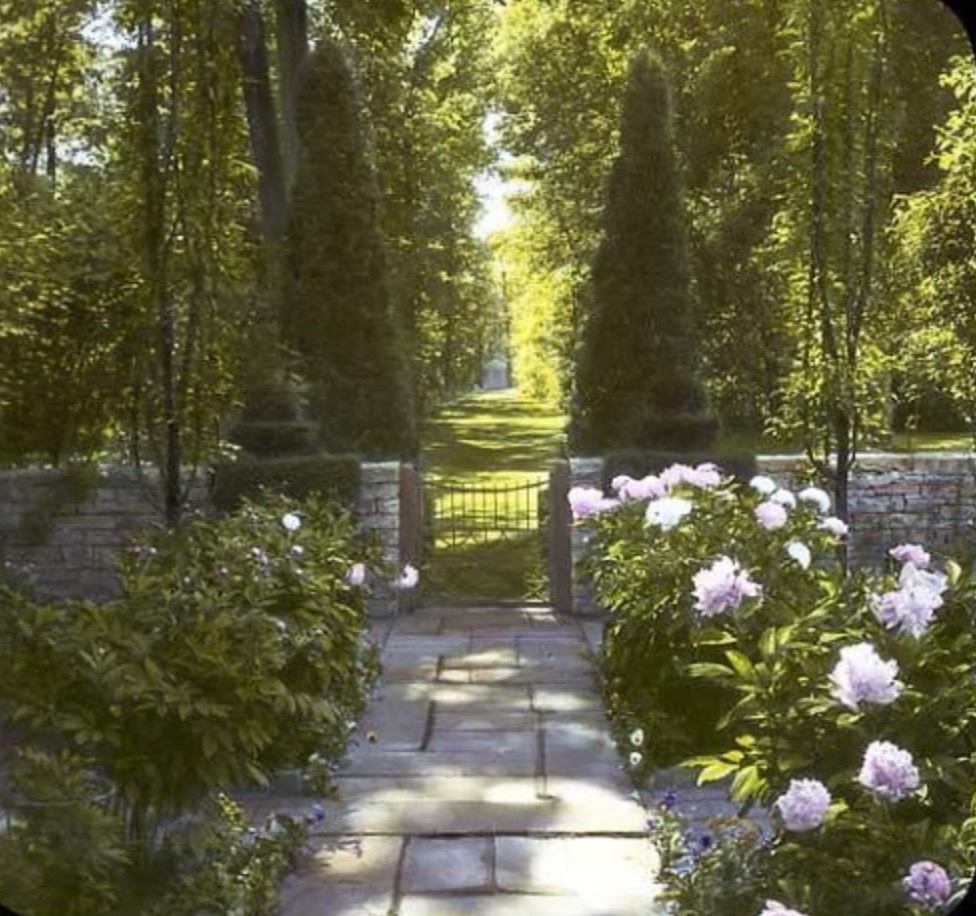Ellen Shipman started out as a hands-on gardener and received drafting instruction from the offices of architect Charles A. Platt, a neighbor of hers from Cornish, New Hampshire. By 1910, Ellen Shipman had built a national reputation as a garden designer appreciated for her brilliant use of lush borders. From Platt, Ellen Shipman developed an understanding of strong axial gardening design. She held on to a preference for the simple clean geometries of Colonial gardens.
Ellen Shipman worked with Warren H. Manning and other landscape architects. She opened a New York office in 1920, hiring mostly female students from the Lowthorpe School of Landscape Architecture. Commenting about the male-dominated field to the New York Times in 1938, Shipman said, "Before women took hold of the profession, landscape architects were doing what I call cemetery work."
Shipman had clients throughout the United States and more than 650 commissions, including more than a dozen in Lake Forest. A few local projects in Lake Forest included gardens for Mr. and Mrs. Edward Shumway at 735 Westminster and a walled garden at “Little Orchard,” for the Spaulding family. In Lake Bluff, Ellen Shipman worked with David Adler on gardens for Mr. and Mrs. William McCormick and Helen Blair McCormick at Crab Tree Farm in 1927, and for the Lester and Leola Armour in 1931.



